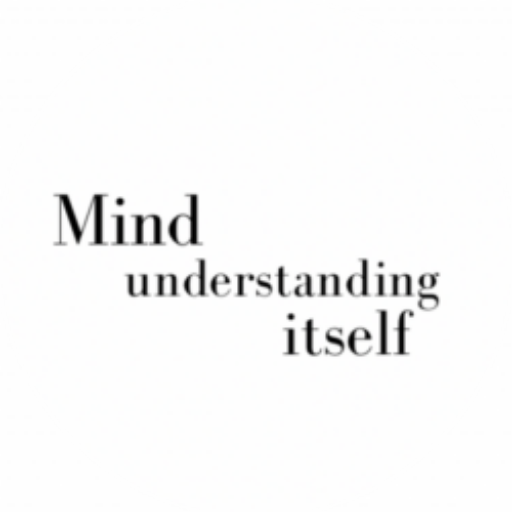Can We Choose What to Think?
Thousands of thoughts pass through the mind during a day. However, only some of these catch our attention while most cannot make their way into our consciousness. Moreover, we stay focused on some thoughts more when compared to others. Then, is it random that some thoughts are more prominent or is there any decision mechanism…










